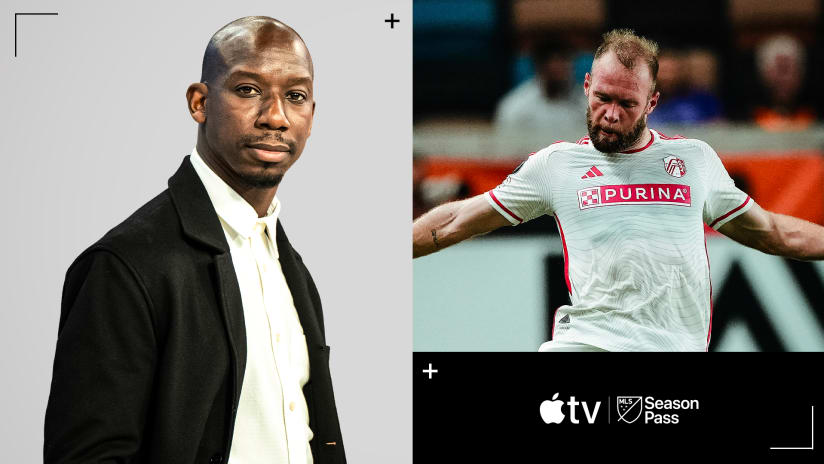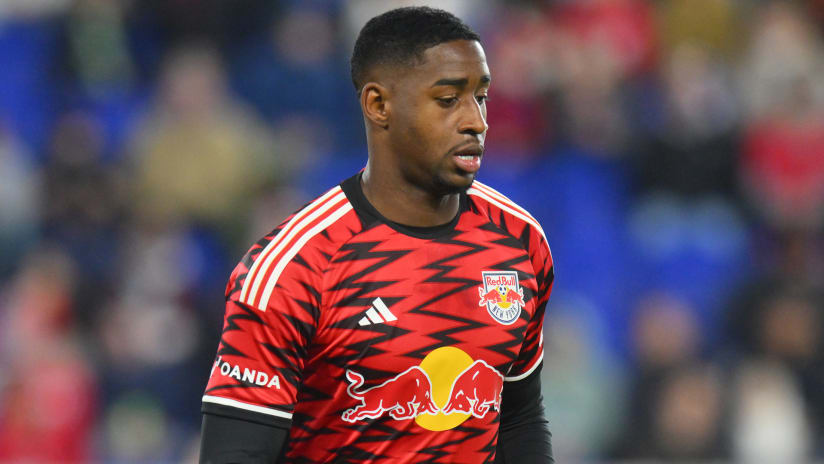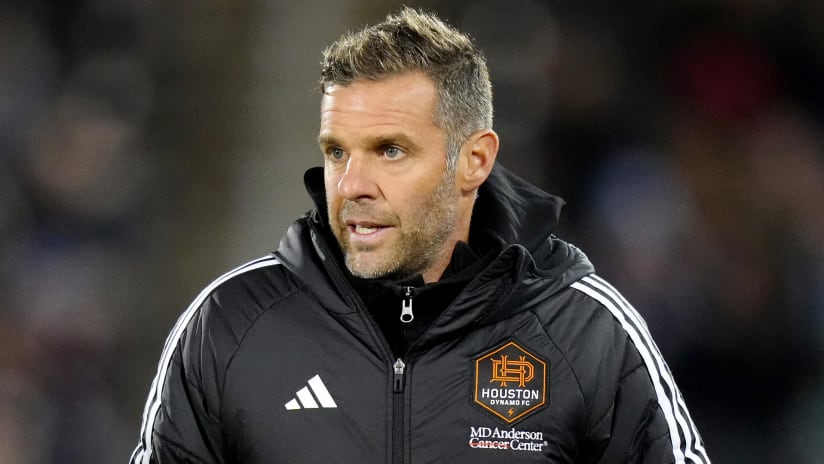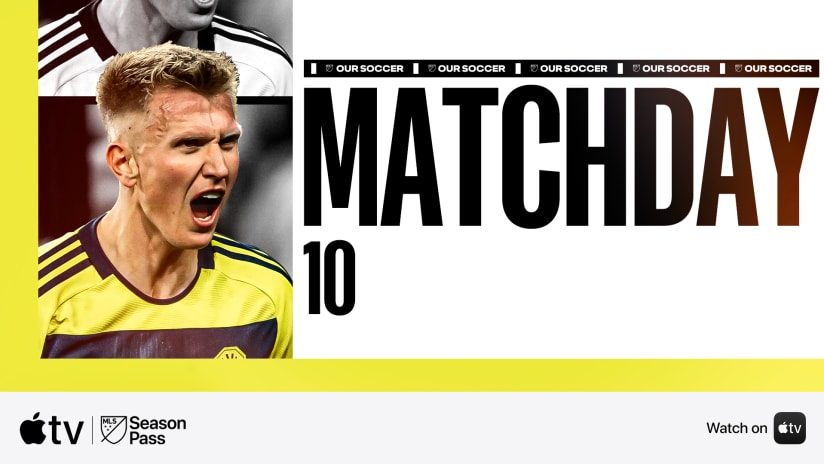In soccer parlance, 26 years buys you seven World Cup cycles. In U.S. Soccer terms, that lengthy period of time also gives you a generation of goalkeeping talent perhaps the envy of the entire world.
American soccer has been party to no small measure of handwringing over its own ability to produce high-end, boutique soccer talent. That discussion, though, has largely reached its terminus once it crosses the defensive plain and reaches the goal line.
There have been plenty of technical and tactical areas to nitpick over the years in American soccer. The goalkeeper position? Not among them.
More or less from the moment Tony Meola wrested the starting position from David Vanole in 1989, the US has been able to avoid the beading sweat associated with shaky 'keepers in major tournaments.
Consider this: In World Cups, the USMNT went from Meola to Brad Friedel to Tim Howard, with Kasey Keller providing competition there in the midsection. It’s hard to even quantify a run that good.
That stretch made USMNT fans appreciative for the full measure of goalkeeping talent in the US. It also, if we’re honest, made them a bit inured to success at the position as well.
And so here we are, at the nexus between the Howard era with the USMNT and whatever happens next. If we’re to use the litmus of current form as an adjudicator for the future long-term prospects at the position, things seem anything but set in stone.
Here are three big developments in the last six months that’ve utterly shifted the way we’ve thought about the goalkeeper position on the USMNT level. Some are outright positives and some are a bit murkier than that. But the overarching point is that the No. 1 spot on the depth chart for the USMNT seems as hard to predict as it has since the late 80’s, and MLS will have something to say about the race.
Guzan makes his case for No. 1
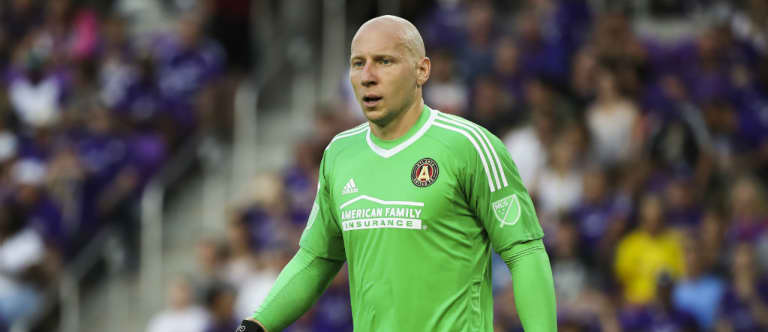
The natural progression of power from one obvious No. 1 'keeper to the next felt something like the reign of the Five Good Emperors, for those versed in Roman history. The Roman empire was racked by instability until five consecutive emperors, from Nerva to Marcus Aurelius, ushered in decades of peace and prosperity. And while the stability was nice, most of us are now wondering whether Brad Guzan will continue the line of succession or is the one to break it once and for all.
Guzan’s been tipped as Howard’s replacement for years now, a fact that’s seemed almost given based on the American history at the position. But his on-and-off form at Middlesbrough presented some questions. He was nutmegged three times in one game by champions Chelsea at the end of his tenure. Was he really up for the succession?
This is where his time with Atlanta United coincides so importantly with where we are now. Guzan needs MLS to make his USMNT case.
Guzan, 32, has put in three successive quality shifts with an Atlanta United side not necessarily known for defending during his absence. He’s let past two goals in three games, but none have been losses, and he helped pitch a shutout in his first-ever MLS game in a 1-0 win over Orlando City on July 21.
Guzan’s form in MLS is now directly tied to his USMNT prospects, and at least for now things are on the up-and-up. Things look good now, but his No. 1 spot is perhaps as vulnerable as any American 'keeper in more than two decades.
Tim Howard vs. The World
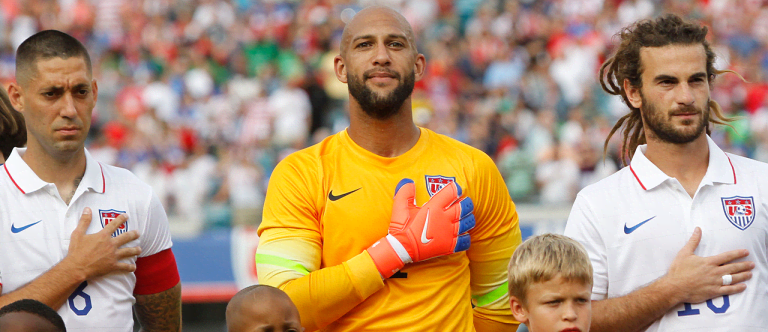
It’s been perhaps too easy to look at Guzan and forget about the incumbent on the USMNT goalkeeping Iron Throne. And if anyone plans on wresting that title from Howard’s grasp any time soon, it would seem they’ll have to go through the man himself.
Howard seemingly put up the match of his life against Belgium in the knockout stage of the 2014 World Cup. He made 14 spidery saves, prompting the spontaneous adoration of the American fanbase and seemingly reaching the zenith of his powers. Howard was 35 years old at the time. How much better could it realistically get?
Howard, the consummate professional, was eager to find out. In the space since, he’s finished his sterling career at Everton, joined MLS and helped morph the Colorado Rapids from an also-ran in 2015 to an MLS Cup title contender in 2016. So where does that leave us for the 2018 World Cup? That, it would seem, is the hard part.
Howard’s battled injuries in the last year, as any 'keeper in their late 30’s does, and while his lateral agility’s suffered with age, his battle-hardened angle-driven goalkeeping is still among the world’s best. Howard’s always been cat-quick, but if you study his keeping it’s always his geometry that strikes you first. He cuts down danger like a mathematician. His angles are incredible, and that hasn’t changed in Colorado.
He also has USMNT coach Bruce Arena’s ear, and that might ultimately be the telling factor. But his grip on No. 1 is far more tenuous than it was four years ago.
Wolves emerging from the MLS pack

Many of us have been awaiting a true USMNT claimant to the throne to emerge from the MLS pack the last couple years, and it’s largely yet to materialize. It was once Nick Rimando, then Bill Hamid, then David Bingham. And as of today, we have an entirely new crop of possibilities to suck up that third goalkeeper spot in Russia in 2018. And it might not be who any of us expected even a year ago.
The most obvious and perhaps simultaneously unexpected challenger is NYCFC netminder Sean Johnson.
Five years ago Johnson was on the fast track, greased by his appearance as the No. 1 during the 2012 Olympic cycle. But when that flamed out, and his time in Chicago was beset by injury and inconsistency, many wrote him off. After his move to NYCFC ahead of this season, Johnson’s been revelatory. Still just 28, Johnson’s stood on his head more than once and is on the best goals-against pace of his career. In truth, no one’s made up more USMNT ground all year than Johnson. He’s probably the most in-form No. 3 USMNT 'keeper on earth right now.
If Johnson has company, it’s Sporting KC’s Tim Melia. Arguably the biggest All-Star Game snub out there, I don’t think there’s been a more consistent 'keeper in the league in 2017. Melia’s somehow saved three penalties this year, and his SKC side is the best defensive team in the league for a reason. He isn’t flashy, which slows down his hype train, but his mistakes are as rare as solar eclipses. Johnson can get to balls he can’t, but Melia makes more difficult saves more often.
That, to me, is the current top four MLS USMNT options on present form: Melia, Howard, Guzan and Johnson. But they’re not the only contenders.
Alex Bono is suddenly pouring on records at Toronto FC. He just won his 12th game this season, breaking the club’s single-season mark for wins by a goalkeeper. Bono’s been an enormous prospect since emerging from Syracuse in the draft, but it would seem his pedals are peeling outward sooner than expected.
Bill Hamid and Luis Robles are right there. Both considered top MLS 'keepers for some years, they’ve both reached MLS consideration from opposite poles. Hamid has long been consistently unpredictable, while Robles has more consecutive starts in MLS than anyone in league history. And yet both converged here on quality form. Both might be on the outside looking in, but a call-up for either wouldn’t be out of place.
Point is, MLS has a deep stable of quality goalkeeping talent from which to draw for the upcoming World Cup push. The league will almost certainly produce a starting 'keeper in Russia. The question is who joins him.






